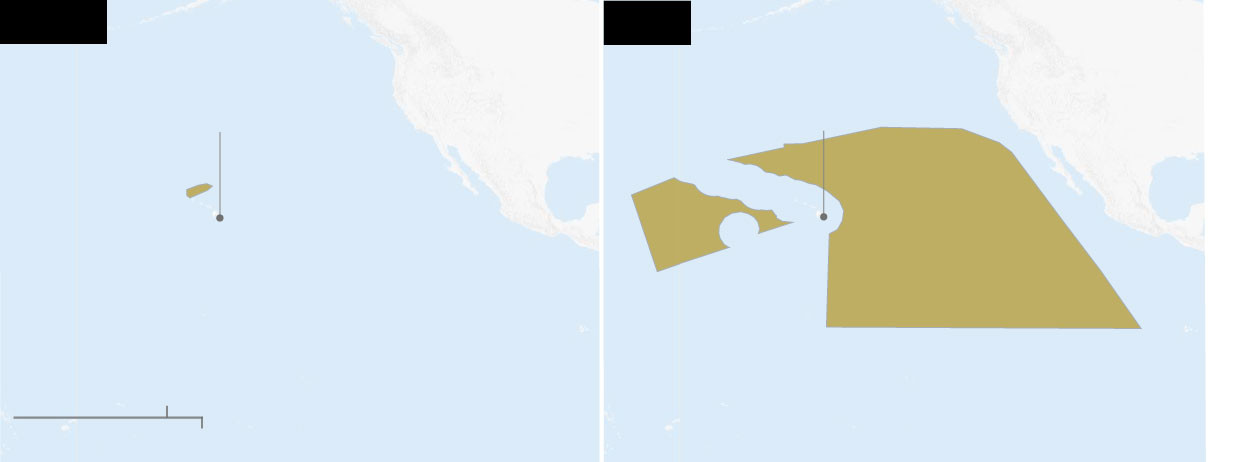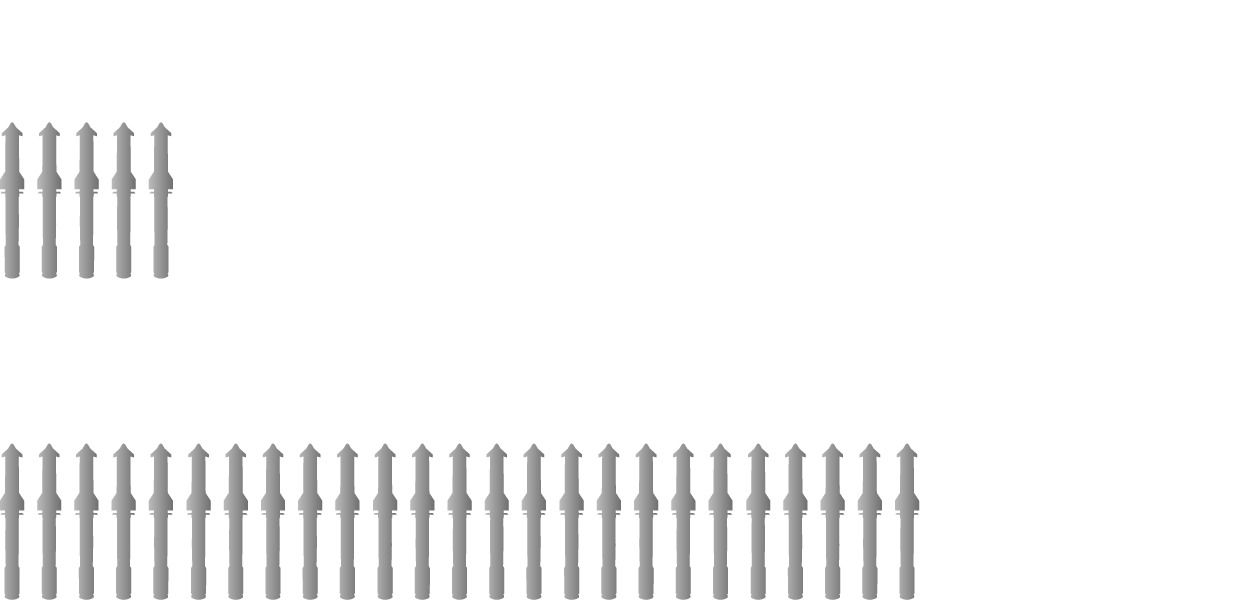The papahanaumokuakea in northwestern Hawaii, the largest maritime protected monument in the world, is in immediate threat, as the US Federal Aviation Service gave the “green light” to Ion Musk and SpaceX to launch 25 superstar stars. from the islands of Hawaii.
The decision has caused the rage of environmentalists, scientists and indigenous Havans, who accuse the Federal Aviation Service of adopting environmental impact reports compiled by SpaceX itself, without substantial independent evaluation. Critics warn that Musk’s “fail” strategy, coupled with his political support by the Trump government, threaten to turn the Pacific into a “rocket cemetery”.
‘Exhibition-Colaphus’ for the ecosystem
According to federal biologists’ opinions, many types of marine life, such as whales, sharks, turtles and corals, are threatened by launches: either by debris falling into the sea, or by sound waves and fuel leaks or by sea bursts.
The Papahanaumokuakea, which is even a UNESCO World Heritage Site, hosts over 7,000 species – some of them critical threatened. For the Hawaiians, it is a sacred place of deep cultural and cosmological significance.
“We are not against science or innovation. We are simply demanding a sincere risk assessment, before we see thousands of pieces of a dissolved rocket fall into our ocean, “said William Aila, a former chairman of the Monument Management Council.
SpaceX and its debris
The company has already launched 10 rockets, most of which exploded, scattering metal fragments in the Gulf of Mexico, the Caribbean and the Indian Ocean.
Only in 2025, four launches failed, with debris reaching Mexico and the Bahamas, with Musk even joking about the event, in X and not hesitating to say that success is uncertain, but the fun guaranteed.
In some cases, the fragments destroyed bird nests and threatened turtles that hatched on protected beaches, raising international concern and government interventions in Mexico.
The environmental assessment of the impact of the launches was compiled by SpaceX, with only four federal aviation officials calling it “independent”.
Despite the implications, the Federal Aviation Service concluded that the risk was low and the implications of negligible, approved a five -year license for 25 launches a year.
The most worrying, according to activists, is that if debris falls outside the permitted areas, there are no clear sanctions. At the same time, the areas of permissible fall have expanded to a huge degree, even approaching the island of Mokumanamana, where ancient religious sites are located.
Reactions
The reaction of local communities to Hawaii is intense.
In public consultations, many said they were not adequately informed, while complaining that the US Federal Aviation Service acts as a “crutch” of Spacex instead of supervising it.
Source: Skai
I have worked as a journalist for over 10 years, and my work has been featured on many different news websites. I am also an author, and my work has been published in several books. I specialize in opinion writing, and I often write about current events and controversial topics. I am a very well-rounded writer, and I have a lot of experience in different areas of journalism. I am a very hard worker, and I am always willing to put in the extra effort to get the job done.












